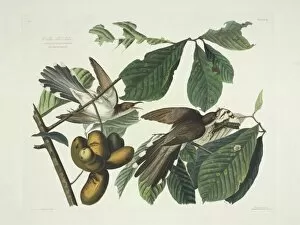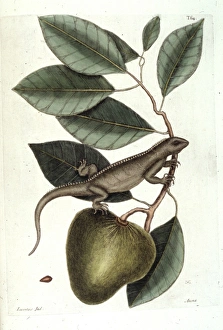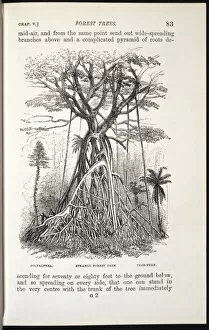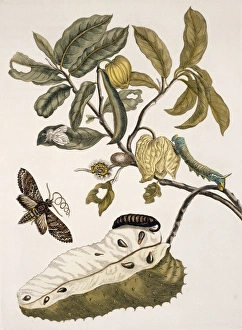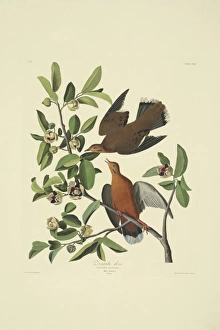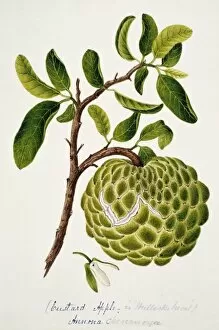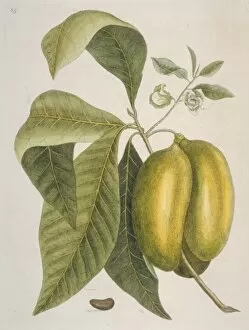Annonaceae Collection
Annonaceae, also known as the custard apple family, is a diverse and fascinating group of plants
All Professionally Made to Order for Quick Shipping
Annonaceae, also known as the custard apple family, is a diverse and fascinating group of plants. From the vibrant yellow-billed cuckoo (Coccyzus americanus) perched on a branch to the delicate Uvariastrum zenkeri blossoms, this family showcases nature's creativity. One member that stands out is the pond apple (Annona glabra). Found in wetlands, its fruits provide sustenance for various wildlife. Another notable species is ylang-ylang (Cananga odorata), with its captivating close-up leaves capturing our attention in Grenada's Windward Islands. The Asimina obovata and Asimina pygmaea are two pawpaw varieties within Annonaceae. The flag pawpaw and dwarf pawpaw exhibit unique characteristics that make them stand out among their relatives. The Asimina obovata even produces an intriguing fruit called the pawpaw apple. Within this family lies Polyalthea - a strange forest tree resembling a majestic tree fern. Its presence adds an air of mystery to any landscape it graces. Surinam hosts an array of insects associated with Annonaceae, showcasing the intricate relationships between these organisms. Uvaria odorata, commonly known as ylang-ylang tree, emits a mesmerizing fragrance that has made it popular in perfumes and aromatherapy. Zenaida aurita or zenaida dove finds solace amidst these trees' branches while enjoying their shelter and food sources. As we explore further into Annonaceae territory, we encounter another remarkable member - Asimina triloba or pawpaw. Native to North America, it offers delicious fruits cherished by both humans and wildlife alike. Last but not least is Annona cheremoya or custard apple – a true gem within this plant family.

